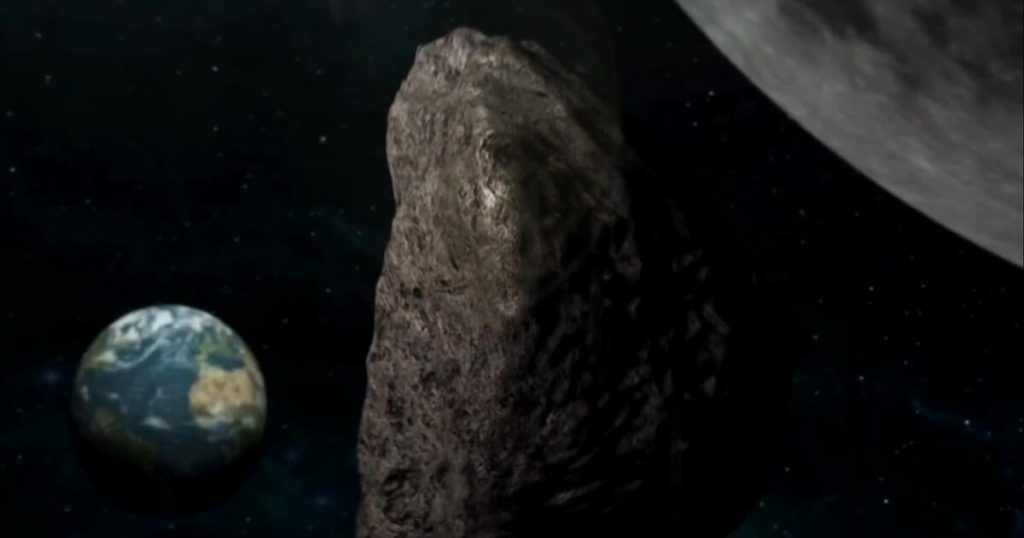Understanding Asteroid Threats: The 2024 YR4 Case
Asteroids have long fascinated and concerned humanity, offering insights into the cosmos while posing potential threats. One such asteroid, 2024 YR4, has been closely monitored due to its significant size and initial fears of a possible impact in 2032. Measuring between 130 to 300 feet in width, this "city killer" asteroid was first detected in December 2024 by the El Sauce Observatory in Chile. Its discovery sparked attention as it initially presented a 3% chance of striking Earth, a probability that was later reduced to 0.28% and further down to 0.004% after more precise calculations. This asteroid’s journey highlights our evolving understanding of celestial bodies and their trajectories.
The Discovery and Initial Concerns
The asteroid 2024 YR4 was identified on December 27, 2024, capturing the attention of astronomers worldwide due to its substantial size. Initial projections suggested a concerning 3% likelihood of Earth impact, prompting scientific scrutiny. As more data was gathered, this probability was revised, alleviating some fears but emphasizing the importance of continuous asteroid monitoring. The asteroid’s potential to cause significant damage, capable of impacting a city, underscored the need for accurate tracking and assessment.
NASA’s Updated Assessment and Trajectory Models
NASA’s recent analysis has provided reassuring news regarding the 2024 YR4 asteroid. With advanced observations, the space agency concluded that the asteroid no longer poses a significant threat to Earth, reducing the impact probability to 0.004%. This assessment, based on refined trajectory models, indicates a minimal risk for the next century. The asteroid’s possible path has shifted further away from Earth, suggesting that even the most precise calculations now place it on a trajectory that avoids our planet.
Potential Impact on the Moon and Broader Implications
While the risk to Earth has diminished, the asteroid’s path presents a 1.7% chance of impacting the Moon. This reminder of the Moon’s vulnerability highlights the interconnectedness of our solar system’s bodies and the potential consequences of asteroid impacts on celestial neighbors. Such events, though less directly threatening to Earth, could have ripple effects on space exploration and lunar studies, emphasizing the need for comprehensive monitoring systems.
Continuous Monitoring and Vigilance
NASA’s Sentry system plays a crucial role in identifying potential asteroid threats, automating the process of scanning for possible impacts over the next century. This system, alongside international collaboration, ensures that any asteroid with a concerning trajectory is closely tracked. The case of 2024 YR4 exemplifies the effectiveness of these systems in providing timely and accurate assessments, crucial for early warning and preparedness.
Expert Insights and the Broader Perspective
Experts like Neil deGrasse Tyson have emphasized the importance of understanding asteroid threats, not just for immediate dangers but for the advancement of space science. While 2024 YR4 no longer poses a significant risk, its story underscores the dynamic nature of asteroid trajectories and the importance of scientific vigilance. By staying informed and proactive, humanity can better navigate the challenges posed by our cosmic environment. Continuous learning and adaptability remain key in addressing asteroid threats and safeguarding our planet.















